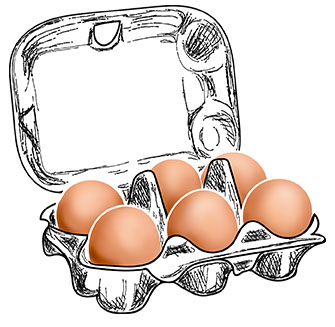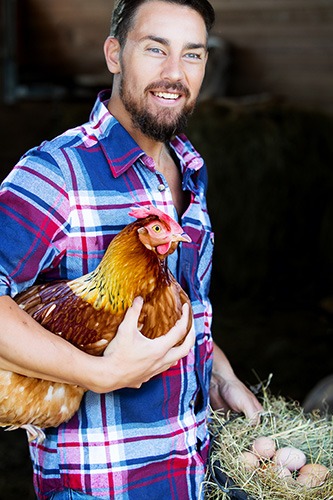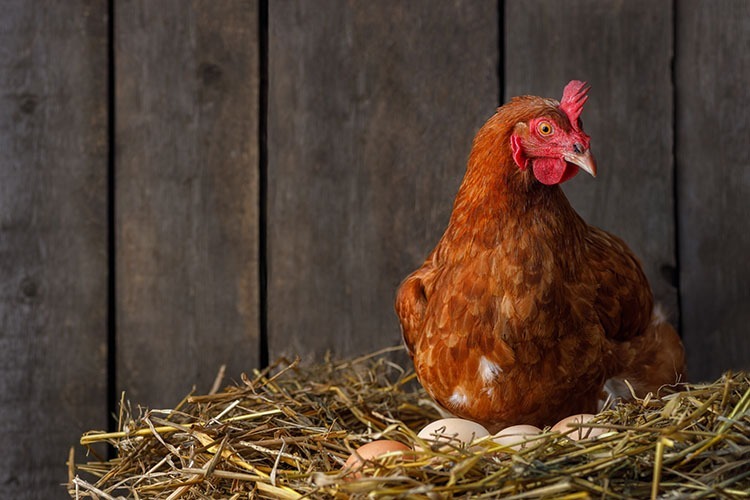
Using Artificial Lighting to Boost Egg Production in Winter
As the days get shorter and colder, you may wonder if using artificial lighting in your chicken coop is a good idea to keep egg production steady through winter. Let’s explore the pros and cons of this common debate among chicken keepers.
Egg Laying Basics

Hens naturally lay eggs when the days are longer, usually needing 12 to 14 hours of daylight for consistent egg production. The extra daylight stimulates their pituitary gland, which triggers their ovaries to produce eggs—usually one per day. But when daylight decreases in winter, so does egg production. That’s when many chicken keepers consider using artificial light to keep the eggs coming.
But should you?
The Big Debate: To Light or Not to Light?
In the warmer months, hens lay about one egg every 25 to 26 hours, producing up to 265 eggs per year. With artificial lighting, you could maintain this egg-laying pace all year long, even in winter. However, there are mixed opinions on whether this is healthy for your chickens in the long term.
Some argue that continuous egg production could lead to health issues like egg-binding, egg peritonitis, or even ovarian cancer. Others feel their hens deserve a break during the winter months to rest and recover. So, let’s weigh the pros and cons.
Pros of Using Artificial Lighting
- Year-round fresh eggs: You won’t have to buy eggs from the store, which often don’t taste as fresh as those from your backyard.
- More cost-effective for sellers: If you sell eggs, keeping up production in winter can help offset the higher feed costs when your chickens can’t forage as much.
Cons of Using Artificial Lighting
- Higher expenses: Artificial lighting adds costs for electricity, lightbulbs, and timers. Some chicken keepers feel the cost of maintaining lighting outweighs the benefits of a few extra eggs.
- Hens need rest: Many believe that after laying 265 eggs a year, hens deserve a break. Skipping artificial light allows them to rest during the darker months, potentially improving their health and longevity.

Is There a Middle Ground?
If you’re torn, there’s a compromise. You could allow your hens to rest during their fall molt, when they use a lot of energy to grow new feathers. Then, as the days begin to lengthen after the winter solstice, you could gradually introduce artificial light, adding 30-60 minutes of light each week in the early morning. This way, you can ease your hens back into laying before spring fully arrives without overworking them.
The Bottom Line
Ultimately, the decision is yours. Whether you choose to use artificial lighting or let your hens take a winter break, the most important thing is to do what feels right for your flock. With time and experience, you’ll find the best balance for happy, healthy chickens.

